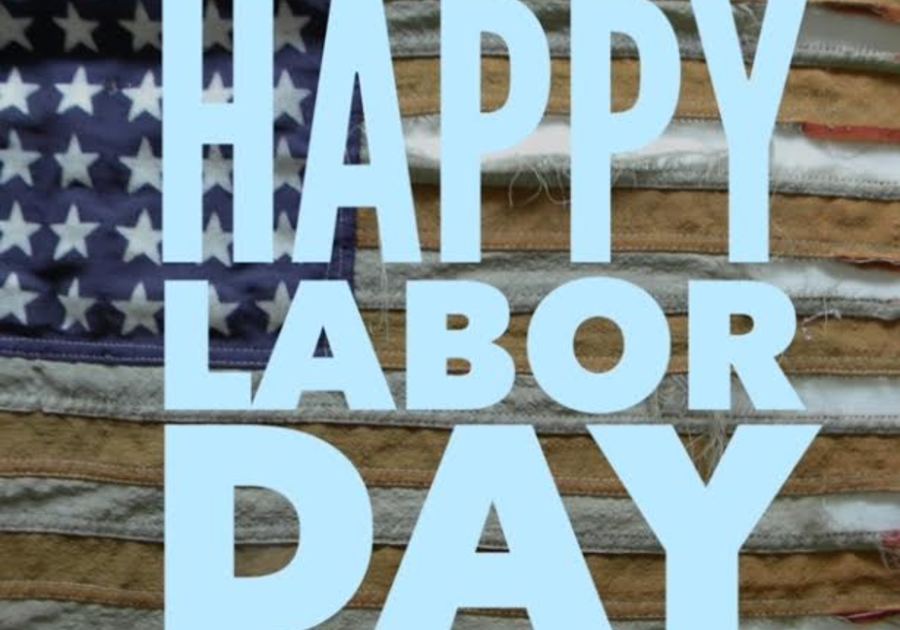On Monday, September 5 our nation will celebrate Labor Day, a federal holiday celebrated on the first Monday in September. But just when is it, what is it, and why do we celebrate it?
Today, Labor Day is celebrated for many with parades, fireworks, barbeques, picnics, last summer vacations and a day off work. However, the true meaning behind Labor Day may be difficult to explain to our children, but I believe the context is important for them to understand.
Labor Day is a time to appreciate the contributions of the working class and to honor how hard they work to help our country grow and prosper. Labor Day was first observed in 1882, during a time when many Americans worked 12 hour days, 7 days per week for little money to eat and survive a living. Factories and mines were at the height of demand which accepted workers of all ages. Despite prohibitions, some states practiced child labor as young as 6 years old. Workers were exposed to an unsafe environment.
These workers joined together to create unions, which were organized groups created to speak out for the rights of all members. On September 5, 1882, almost 10,000 workers took an unpaid day off of work to protest the poor working condition, marched their way to the Union Square in New York City marking the first Labor Day parade in U.S history. Afterward, many of the workers stayed behind to eat and enjoy the day off of work with their families -- and that was the first labor day picnic!
On May 4, 1886, the Haymarket Riot occurred in Illinois. It began as a peaceful rally in support of workers striking for an eight-hour day and in reaction to the killing of several workers the previous day by the police. An unknown person threw a dynamite bomb at police as they acted to disperse the public meeting. The bomb blast and ensuing gunfire resulted in the deaths of seven police officers and at least four civilians; scores of others were wounded. "No single event has influenced the history of labor in Illinois, the United States, and even the world, more than the Chicago Haymarket Affair. It began with a rally on May 4, 1886, but the consequences are still being felt today. Although the rally is included in American history textbooks, very few present the event accurately or point out its significance," according to labor studies professor William J. Adelman.
The Pullman Strike was a nationwide railroad strike in the United States on May 11, 1894, and a turning point for US labor law. It pitted the American Railway Union (ARU) against the Pullman Company, the main railroads, and the federal government of the United States under President Grover Cleveland. The strike and boycott shut down much of the nation's freight and passenger traffic west of Detroit, Michigan. When his company laid off workers and lowered wages, it did not reduce rents, and the workers called for a strike. Thirty people were killed in response to riots and sabotage that caused $80 million in damages.
Later in 1894, in an effort to conciliate organized labor after the strike, President Grover Cleveland and Congress designated Labor Day as a federal holiday. Legislation for the holiday was pushed through Congress six days after the strike ended.
So, while you are celebrating a day off, don't forget a time when American workers fought for the freedoms we enjoy today.
Abbey with "The Cards We Drew" has some easy, amazing recipes from appetizers to desserts to beverages to keep your family's bellies satisfied this Labor Day weekend!
What's a holiday with a DIYcraft. I love this idea because you upcycle and you can pull this out on Memorial Day and July 4th!



